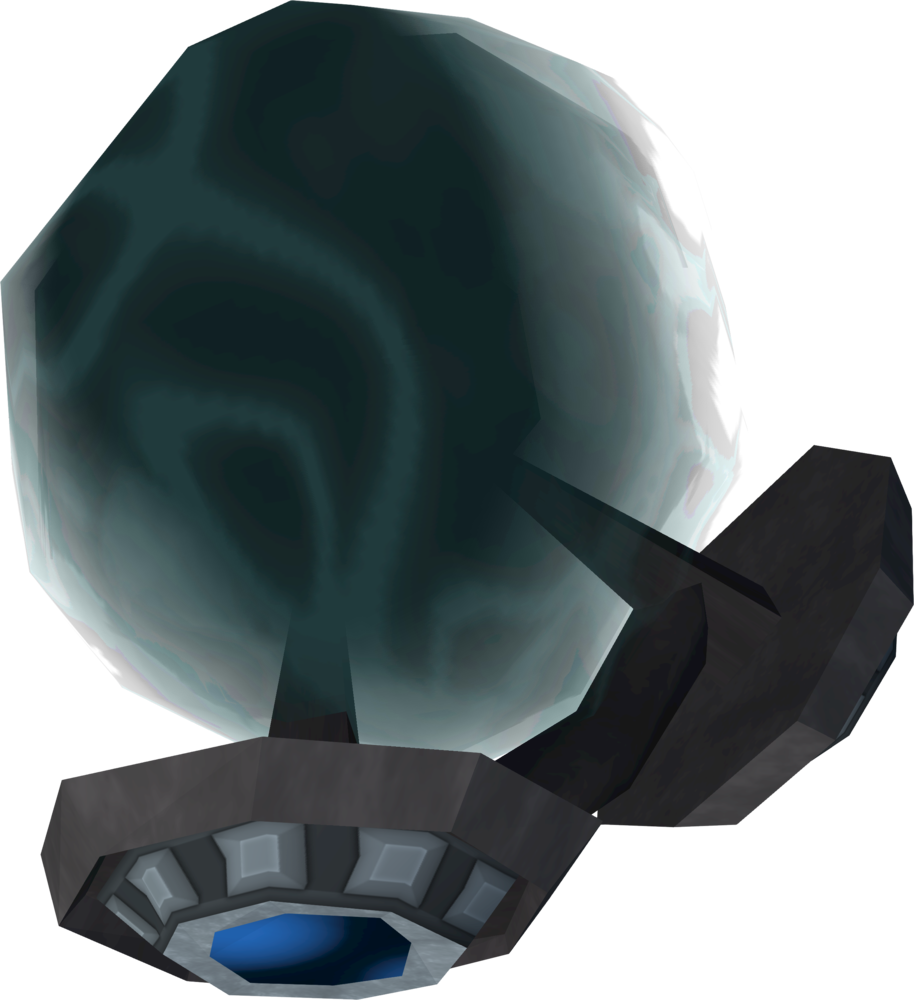

“Because the Russians were looting from houses and hiding what they stole in the forest, people were going there after the Russians left. The villagers are still living with the consequences. In the car repair workshop next to his house, Volodomyr Horbach recalled how Russian tanks entered the village in March and the troops established their headquarters a few houses down from his. In Zalissia, since Eduard’s death, almost no one is unaware of the danger. The other issue is finding anti-personnel mines on paths where people go foraging.”
Seismac wand drivers#
One of the biggest issues we are seeing is drivers on un-metalled roads detonating anti-tank mines. Because of the ongoing war, it’s essentially unmeasurable. Volodomyr Horbach, 45, in his car workshop in the village of Zalissia at the edge of a forest north-east of Kyiv. It’s chaotic and complex.”Īndro Mathewson, of the Halo Trust, who has been collecting data on mine incidents across Ukraine, echoed Pistriuha, pointing out that 450 different types on munition have been found in the country, including mines and unexploded ammunition. And because Russians have been mining at distance, there’s no mapping. We are seeing a lot of incidents where people are becoming victims. Anti-personnel mines, anti-tank mines, booby traps and improvised devices. It’s impossible to calculate, because we are in an ongoing conflict. Now the situation is perhaps 20 times worse. Pistriuha said the situation was already bad before February’s invasion. We use Google reCaptcha to protect our website and the Google Privacy Policy and Terms of Service apply. For more information see our Privacy Policy. Privacy Notice: Newsletters may contain info about charities, online ads, and content funded by outside parties. De-miners need to be on their knees all day to clear 8-16 sq metres a day.” Because of the threat type, it is very time-consuming and meticulous. “Because of the Russian occupation, there are a lot of trenches and lot of metal signals. Every morning local people come to the bus stop and we still have forestry workers coming into the forest, so we have to stop work if anyone comes close. The effort is complicated because we are so close to the highway. As you can see, 97% of this area is forest with pine trees and scrub.
Seismac wand manual#
Iryna Horyushko, a mine clearance senior supervisor, shared a map dotted with areas to be surveyed and clear, a slow and laborious manual process because the heavy tree cover makes it difficult to deploy the mechanical mine-clearing machines that are used on the steppe to the south. Photograph: Peter Beaumont/The Guardianīefore the Russian invasion, this road was known in autumn for the elderly residents who would sell berries and mushrooms they collected in the forest to passing motorists to supplement their meagre pensions, while families would walk and picnic among the trees. In the village of Zalissia, on the main road between Chernihiv and Kyiv, the presence of mines in the forest has social, psychological and economic consequences – and poses an immediate risk.Ī mine warning sign in the forest near the Ukrainian village of Zalissia north-east of Kyiv. With heavy fighting continuing in the south and east of the country, de-miners are seeing more and different kinds of mines deployed by Russian forces, including butterfly mines, dubbed “petals” by the Ukrainians: small plastic anti-personnel mines that have become notorious around the globe for their ability to inflict casualties long after wars have ended. While efforts by the Ukrainian state emergency services, the military and local and international NGOs have been highly sophisticated, footage shared on social media has also shown riskier approaches, including video of soldiers triggering mines with branches and even thrown tyres. Local de-mining experts are warning that even if the war were to end tomorrow, it will take at least a decade to clear the threat.

The country was ranked fifth in the world for civilian casualties caused by mines and in the top three for anti-vehicle mine incidents. Photograph: Peter Beaumont/The Guardianįurther incidents in late September underlined the risk: an ambulance ran over a mine near Balakliya, and four people walking in a forest near Chernihiv died after tripping a mine.Įven before Russia’s full-scale invasion earlier this year, de-miners were confronting a years-long effort to clear mines from Ukraine’s east. A de-miner follows a mine tripwire where it runs into a forest, almost invisible to the naked eye and hidden among the leaf meal on the forest floor.


 0 kommentar(er)
0 kommentar(er)
